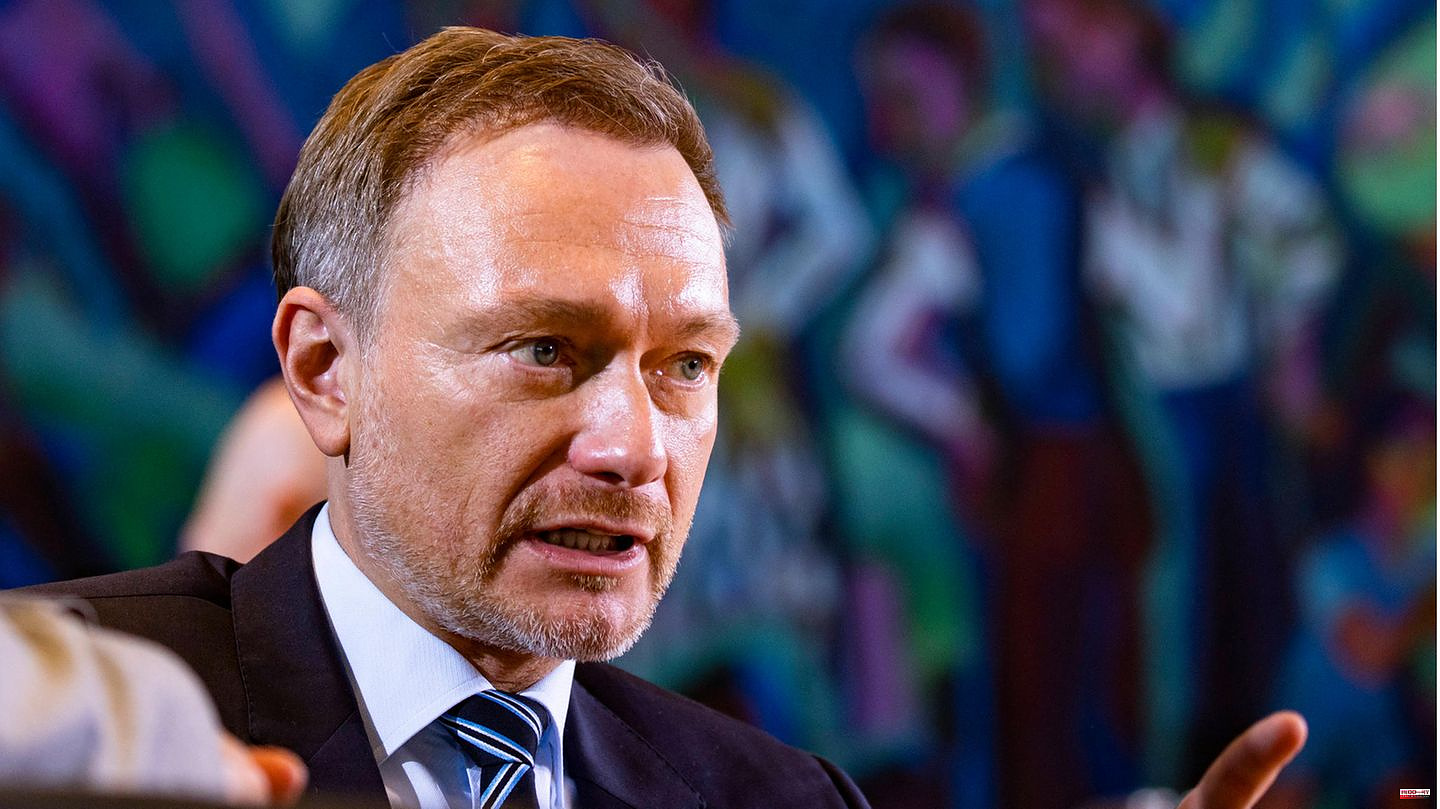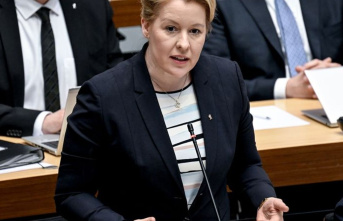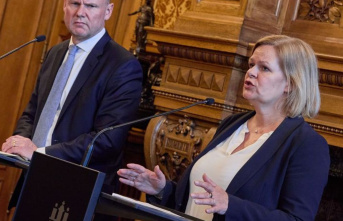At the traditional Epiphany meeting on January 6, FDP leader Christian Lindner is trying to start the new year with a political offensive. In the first year of the traffic light coalition, the Liberals have so far failed to convince the Germans as the governing party. According to a Forsa survey for the star, 47 percent of citizens say that the FDP would have been better off staying in the opposition, like in 2017. East Germans in particular, those over 60 who are eligible to vote and people with low or medium educational qualifications see it that way, but also a third (33 percent) of FDP supporters. This is a surprisingly high value. Apparently, part of their own base is struggling with government participation.
Only 42 percent of Germans agree that the Liberals formed a traffic light coalition with the SPD and the Greens in autumn 2021. Above all, voters with a high school diploma or university degree and people with a monthly household income of more than 4000 euros see it that way. Of the latter, 56 percent welcome government participation. At 66 percent, the proportion of FDP voters is slightly higher.
Manfred Güllner, head of the Forsa Institute, interprets the figures as follows: "The results show that the FDP is still predominantly perceived as the party that represents the interests of the upper social classes ('high earners') in politics." It is fitting that Lindner had his ministry develop a concept for a turning point in financial and economic policy, which should consist primarily of a reduction in income tax.
The data was collected by the market and opinion research institute forsa for the RTL Group Germany on December 21 and 22, 2022. Database: 1,019 respondents. Statistical error tolerance: /- 3 percentage points.












